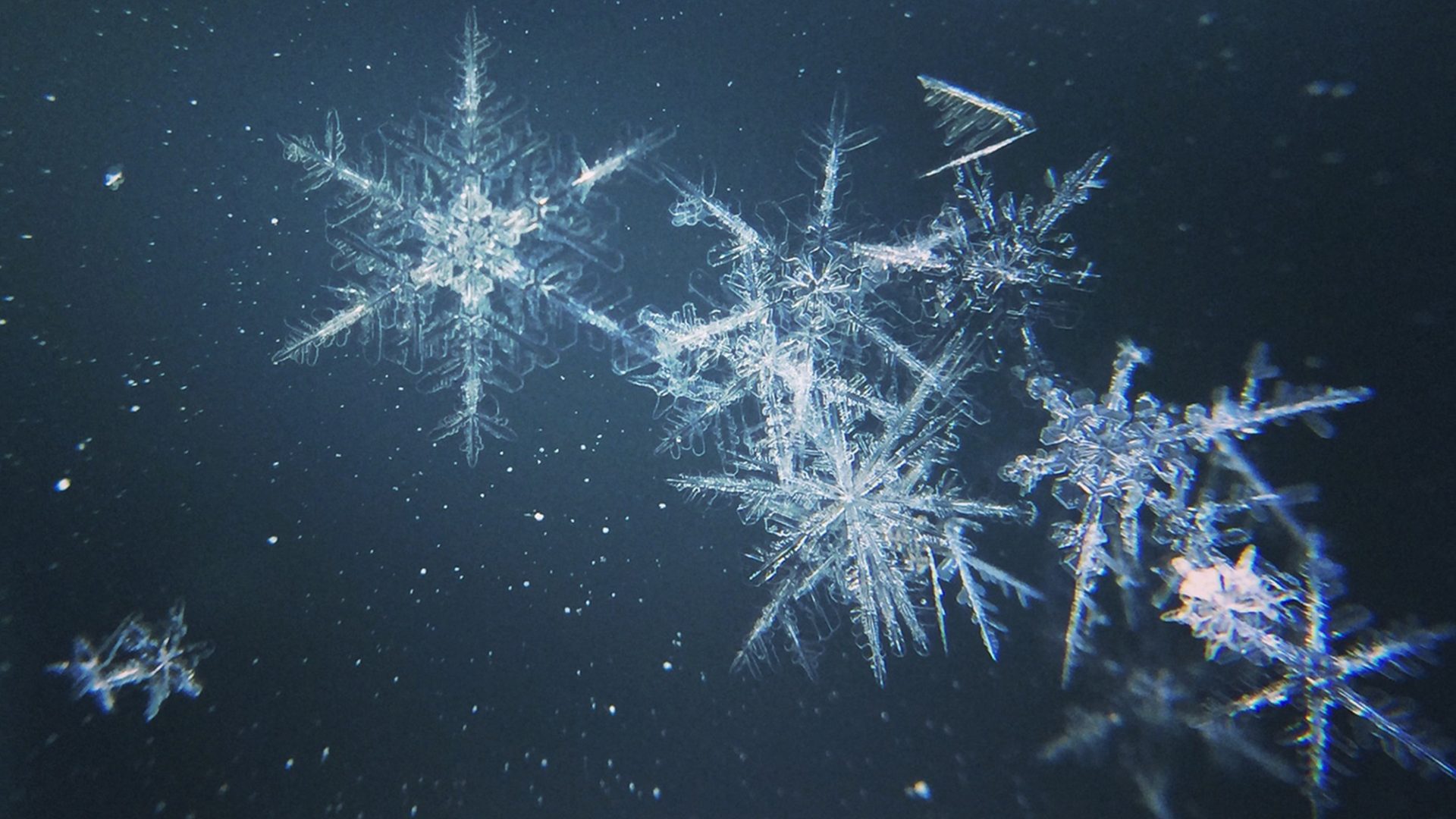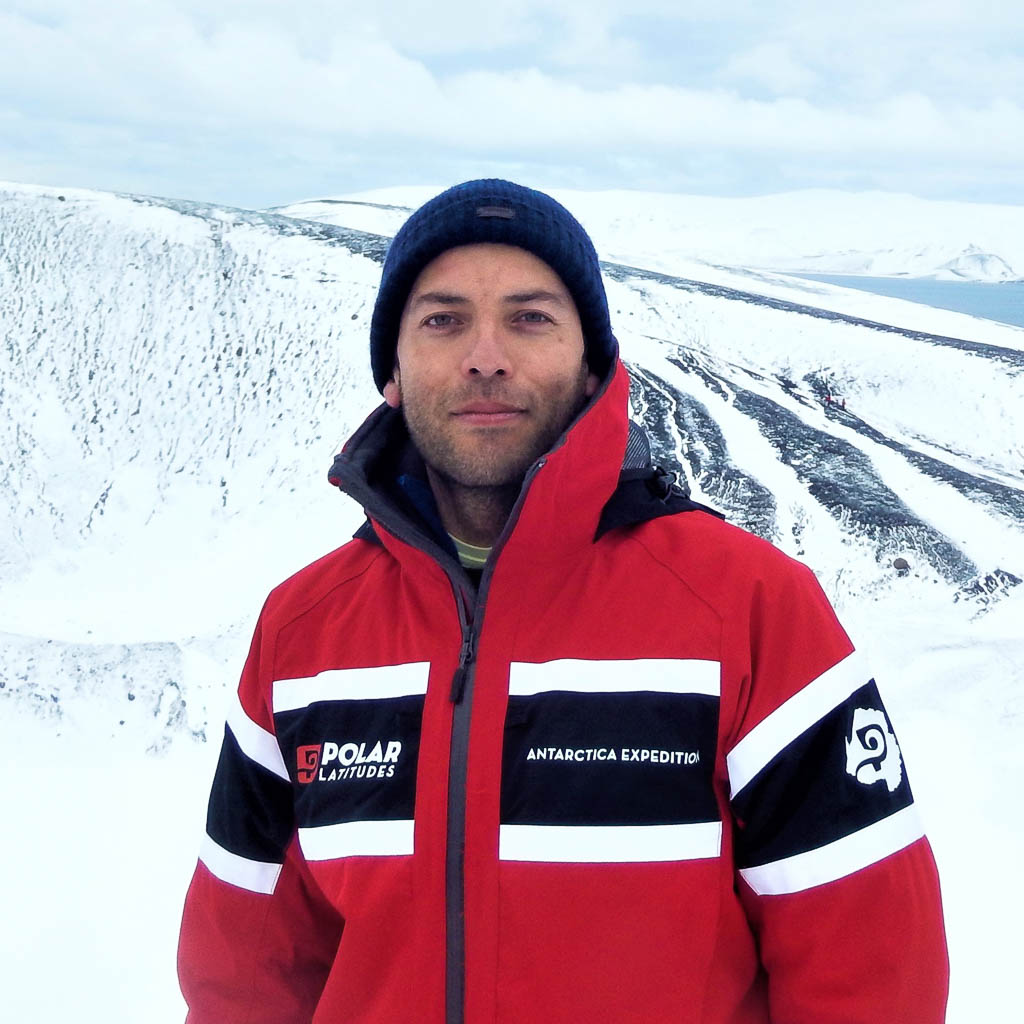
Archaeologists have excavated a tomb whose entrance faces the solstice sunrise. We explore how different civilizations have marked the year’s shortest day.


Archaeologists have excavated a tomb whose entrance faces the solstice sunrise. We explore how different civilizations have marked the year’s shortest day.
In just a few days, on December 21st, the Earth’s northern pole will be tilted to the furthest point from the sun in its rotation. In the northern hemisphere, the sun’s light will fade into the longest night of the year—stretching for around 15 hours in the middle latitudes (like most of the contiguous U.S., for example).
In modern times, for many people, the solstice means dark evening commutes and all-too-brief days. But over the course of human history, the day marking the shift from shortening days to lengthening ones has carried a wide range of meanings in different cultures.
We were reminded of how significant the solstice has been—and still is—in human history by a news-making discovery from archaeologists from the University of Jaén and Málaga in Spain. The team recently excavated a tomb in Egypt that proved to be the oldest in recorded history. But more interestingly, the tomb has a chapel oriented directly to the winter solstice sunrise.
Located near the city of Aswan in southern Egypt, the tomb is part of an extensive cemetery from Egypt’s Middle Kingdom, between 2040 and 1782 BC. Many of the other graves in the burial area are aligned to the summer or winter solstice. “The winter solstice was one of the most important moments of the solar cycle in ancient Egypt, announcing the beginning of its rebirth and culminating in the summer solstice.” The archeologists who worked in the tomb wrote. By building tombs this way, they continued, ancient Egyptians “ensured a connection between the architecture of a sacred space and the rhythm of the cosmos.”
Ancient Egypt wasn’t the oldest civilization to place significance in the solstices, though. Archeologists and historians have found even earlier evidence of monuments oriented around the winter solstice sunrise or sunset, including Stonehenge. The winter solstice sunrise would have been framed by stones (that have since fallen) even taller than the ones still standing. The Neolithic culture that built the monument is thought to have held feasts around the winter solstice—a sign of hope that warmer, more abundant months were coming.
Many pagan traditions include gods born on the winter solstice, and the day is celebrated at festivals and ceremonies everywhere from the Dongzhi Festivals in China to rites marking the beginning of the agricultural year in Bolivia. The winter solstice was, and still is, a meaningful day for Indigenous people in the US, who take the day to celebrate the return of the sun and the broader natural world.
The exact rituals and monuments may be different, but common themes of the significance of the winter solstice emerge over time and between cultures. It’s the last hurrah before winter’s lean, dark, hungry depths, when the community comes together to face down the long days ahead before the next growing season. It’s a celebration of the sun’s rebirth and the year’s rebirth—dawning hope. Even Christmas, always just a few days after the winter solstice, is celebrating an important birth in the Christian faith.
As we step out of our schools, workplaces, homes and into the twilight of the shortest day of the year (at an hour that could probably be called “midafternoon”), we hope you’ll take a moment with us to remember that Egyptian tomb, constructed millennia ago to be illuminated by the solstice sunrise. To take a brief pause, or however long it takes you to think about our place in the cosmos and the long, warm return of what’s to come.

Miyo McGinn is Adventure.com's US National Parks Correspondent and a freelance writer, fact-checker, and editor with bylines in Outside, Grist, and High Country News. When she's not on the road in her campervan, you can find her skiing, hiking, and swimming in the mountains and ocean near her home in Seattle, Washington.








Can't find what you're looking for? Try using these tags: